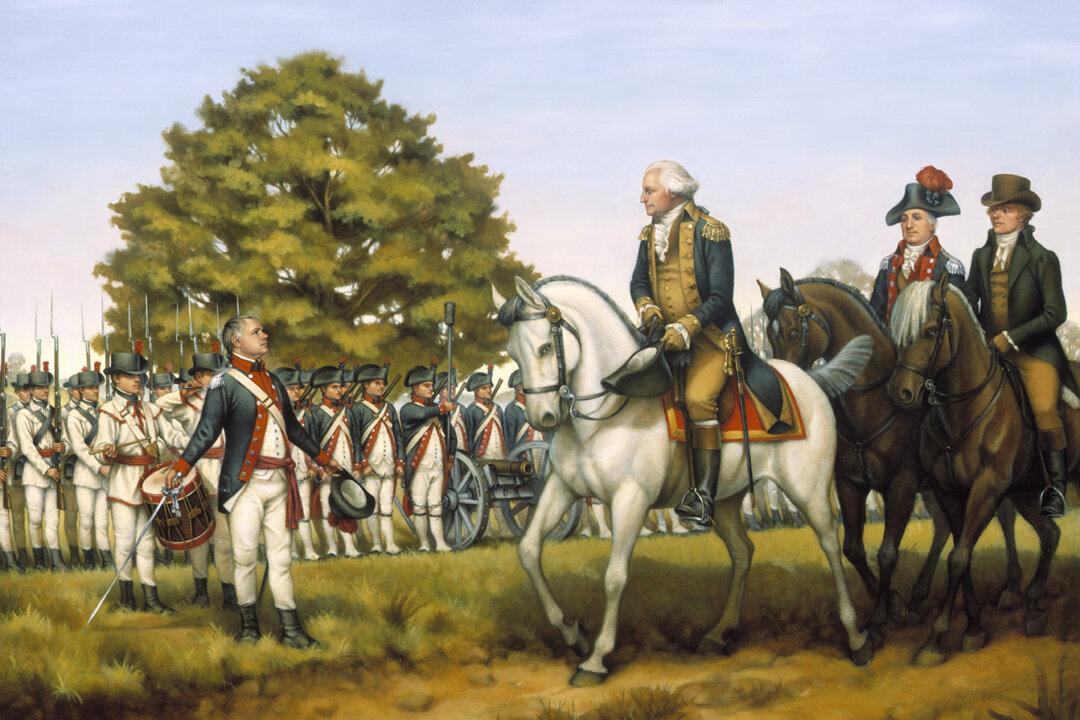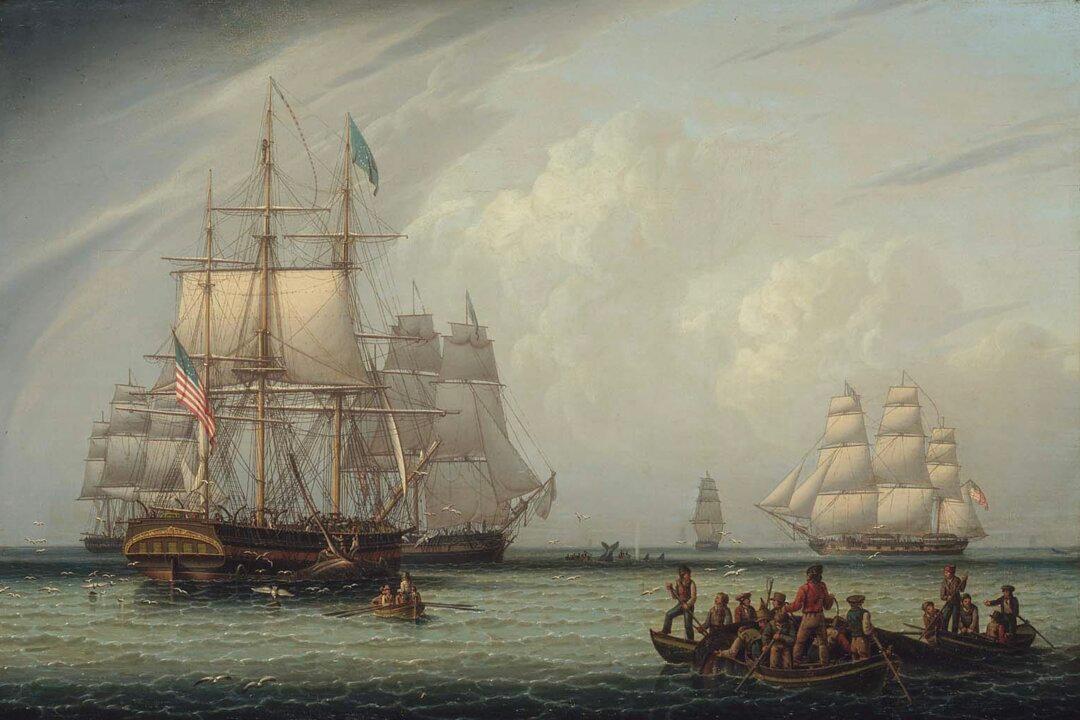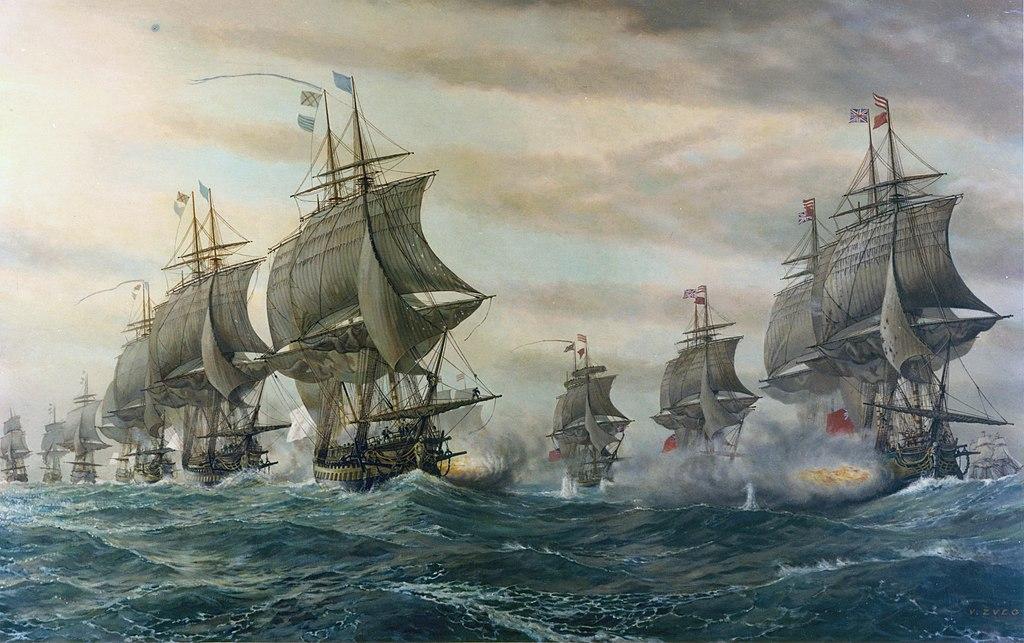The midwife who ushered George into the world thought he had the largest bones of any baby she had ever seen. It was February 1732. George took after his father in size and strength and was the first of six children born to Mary and Augustine Washington Sr.
Colonial Education
At an early age, George went into the tobacco fields with his father to hoe weeds and kill tobacco worms. No one could supervise workers, Augustine believed, unless he knew the job himself.Education was also a must. In his youth, Augustine had been schooled for several years at Appleby Grammar School in England. When he married and later became a widower, he sent his sons to Appleby while he stayed in the Colonies to manage the iron furnace for his Quaker partners in England.
Now that Augustine was starting his second family with Mary, he decided to bring Appleby principles to Virginia. In 1738, he combined a business trip with a visit to Appleby to buy textbooks and find out all he could about its methods and philosophy. He learned that the headmaster placed as much emphasis on honesty, obedience, and discipline as he did on ancient history, the Bible, mathematics, and penmanship. In addition, the daily association of father and son were considered critical.

Back in Virginia, Augustine set aside a hut near his farm office as a classroom for George. There, the youngster started his day very early in the morning with an hour or two of lessons. Mostly, he studied alone. This was followed by a simple breakfast of cornmeal cakes with milk, then farm work and ongoing conversation with his father. Augustine was at his best when he was teaching by example and stories. Within a year, Augustine’s oldest son from his first marriage, Lawrence, was home and helping out both with the farm work and with George’s studies.
Becoming a Man
By the time George was 11, his father had become ill and died. Lawrence had met, courted, and married the daughter of William Fairfax. George helped his mother with his younger siblings while also continuing his education with the help of his two half-brothers.Lawrence’s marriage gave George access to the extensive Fairfax library, and his interest in mathematics led to the study of surveying. His work habits impressed Lord Thomas Fairfax, Virginia’s largest landowner, and led to George’s first on-the-job experience.
William Fairfax’s oldest son and George were given the opportunity to take a trip to the Shenandoah Valley with an experienced surveyor to explore the vast Fairfax land grants. According to George’s diary, it was an adventure that began with a 40-mile horseback ride the first day and ended with an overnight stay at the hut of a frontiersman. There, they shared a very thin straw bed loaded with lice, fleas, and other vermin.
To avoid another such night, they tried sleeping in the open air before a fire, only to have their straw beds catch fire. Then another day, they lost their way completely and had to backtrack 20 miles. Clearly, both young men had much to learn before they would be frontier savvy.

Life, however, was more than surveying. The winter season was a time for courting young ladies with an eye toward marriage. George was strongly attracted to Mary Cary, a young beauty, but Mary’s father dismissed George’s marriage proposal with a snobbish retort: “My daughter is accustomed to ride in her own coach.” Middle-class families, like the Washingtons, owned land but no coaches or carriages.
Once again, George focused on developing his surveying skills. Soon, he had earned enough money surveying to make his first land purchase in the Shenandoah Valley: a total of 1,459 acres. About the same time, Lawrence’s health began to fail. The diagnosis was tuberculosis, and not even a trip to the tropical climate of Barbados could stop the inevitable.
George contracted smallpox, the killer disease of that time, while accompanying Lawrence to Barbados. Fortunately, it was a mild case, leaving him with only a few facial scars and immunity for his lifetime. He also gained first-hand knowledge of how to protect his troops from smallpox during the Revolutionary War when the disease was a major killer.
When Lawrence died at 34, George chose to put aside surveying as an occupation. He helped Lawrence’s widow put things in order, then took up a career with the Virginia militia, following in his brother’s footsteps. This led him into the French and Indian War on the side of the British. It was here that he learned valuable lessons about the shortcomings of English commanders as well as about the advantages of native frontier warfare. He would soon be called upon to lead his fellow Colonists in a war for their independence, and he would learn how to win against a nation thought to be the most powerful on Earth.





